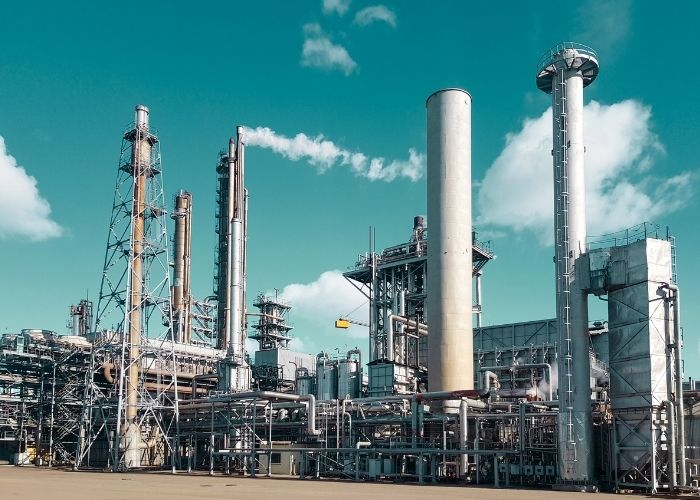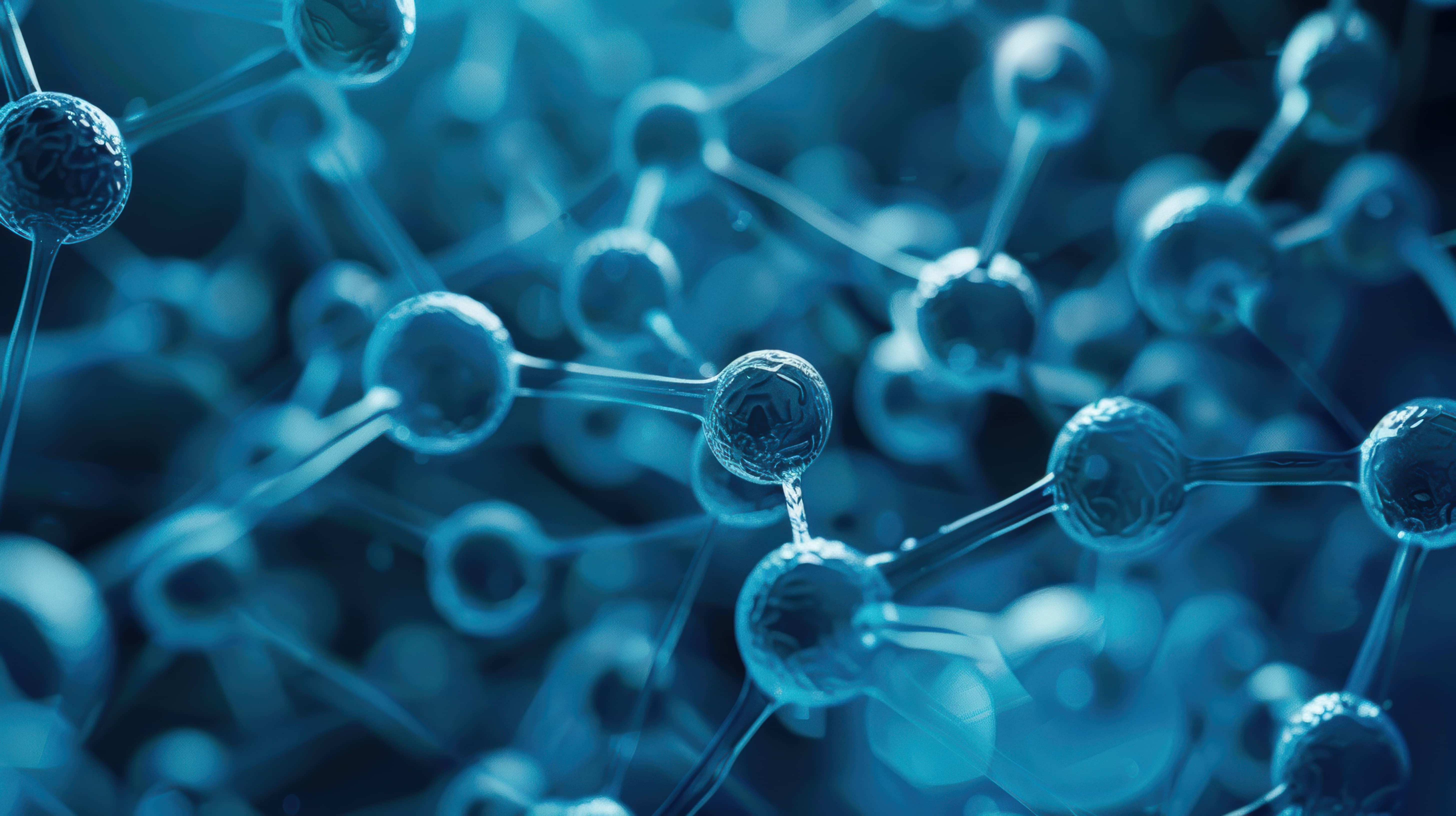[Our Breakthrough]
A catalyst that redefines what’s possible.
Our proprietary MOF catalyst converts captured CO₂ and green hydrogen into acetic acid in one step.
Born from research at Monash University, COOloop’s novel catalyst enables direct conversion of CO₂ and green hydrogen into acetic acid —a world first. Inspired by the 2025 Nobel Prize–winning metal–organic framework technology. It combines high yield, modular scalability, and true carbon negativity, offering producers a route to decarbonize without a cost penalty.
Carbon-negative production process
Modular reactors (10 kt–100 kt scale)
IP protected in partnership with Monash University
Cost-competitive with fossil incumbents







